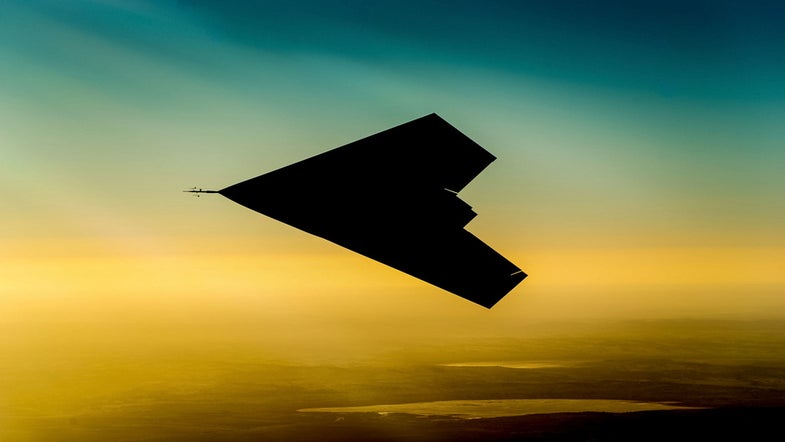Meet Taranis, The UK’s Shiny New Stealth Drone
The future of warfare is another smooth, gray, v-shaped flying robot.

BAE Systems, a British defense and aerospace company, revealed last week that its stealth drone Taranis successfully flew in tests over the Australian desert in August. Named after a Celtic god of thunder, Taranis is a technology demonstrator, much like the U.S. Navy’s X-47B.
The development of Taranis took 1.5 million man-hours, according to BAE Systems, and it cost $303.3 million, the BBC and ABC report. Taranis has an almost 32-foot wingspan and is 39 feet long, making it about the size of a school bus, but a lot more aerodynamic. Taranis flies under the control of a human operator, but it could technically fly autonomously.
Like many drones before it, Taranis is designed for persistent surveillance (flying over an area for hours, with cameras and sensors pointed down). Another goal of Taranis is to demonstrate the ability of a drone to deter adversaries in the sky. Drones like the Predator and Reaper, used by the United States over Afghanistan and elsewhere, are slow, propeller-driven light bombers. They fly in skies without hostile aircraft–an effective strategy for decade-long wars of counterinsurgency, but not so much for wars in which drones may encounter enemy aircraft. Besides stealth construction, it’s unclear how the Taranis would deter enemy aircraft. The UK and BAE Systems aren’t giving out all their secrets.
Watch video of it in flight below:

